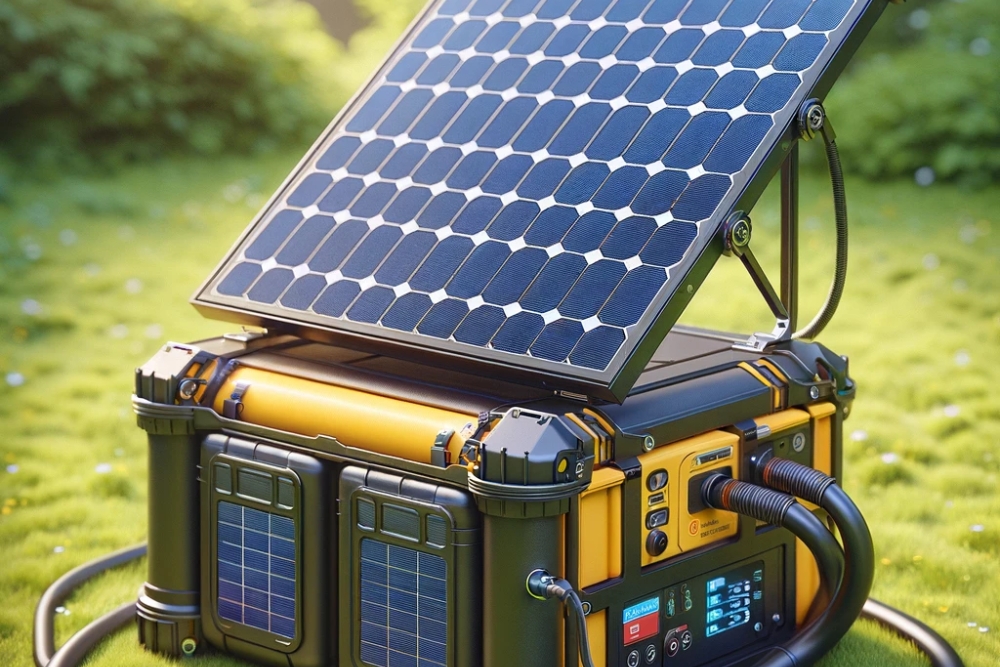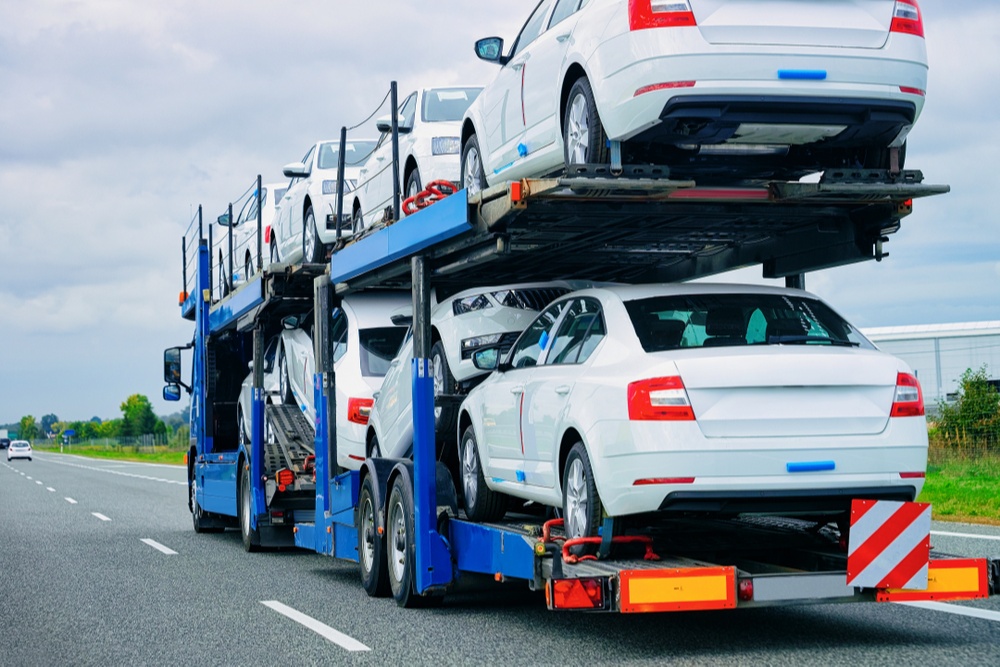Power Your Home Anywhere with Clean Solar Energy
Solar generators are transforming off-grid living, bringing clean, reliable energy to remote communities. With sustainability at their core, these game-changing devices are powering homes, businesses, and lives where traditional energy sources can’t reach.

What Makes Solar Generators Eco Friendly Electricity Solutions?
Solar generators represent a significant leap forward in eco friendly electricity production. Unlike conventional fuel-powered generators that emit harmful pollutants and greenhouse gases, solar generators convert sunlight directly into usable electrical energy through photovoltaic panels. This process produces zero emissions, making them an environmentally responsible choice for powering homes, cabins, and outdoor activities. The technology consists of solar panels that capture sunlight, a battery storage system that stores the converted energy, and an inverter that transforms DC power into AC electricity compatible with standard household appliances. By eliminating dependence on fossil fuels, solar generators contribute to cleaner air quality and help combat climate change while providing reliable power wherever you need it.
The environmental benefits extend beyond emission reduction. Solar generators operate silently, eliminating the noise pollution associated with traditional generators. They require minimal maintenance since they have no moving parts or engine components that need regular servicing. Over their lifespan, which typically ranges from 10 to 25 years depending on the model and usage, solar generators offset significant amounts of carbon emissions that would otherwise result from grid electricity or fuel-based generation.
Lighting Up Isolated Areas with Solar Generators
Remote locations without access to electrical infrastructure face unique challenges that solar generators effectively address. Rural homesteads, mountain cabins, construction sites, and research stations in isolated areas can now enjoy reliable electricity without the expense and logistical difficulties of extending power lines. Solar generators provide the autonomy needed for lighting up isolated areas with solar generators, enabling communities and individuals to power essential equipment, communication devices, refrigeration, and lighting systems.
For humanitarian efforts and disaster relief operations, solar generators prove invaluable. When natural disasters damage electrical infrastructure, these portable power systems can be rapidly deployed to provide emergency electricity for medical equipment, water purification systems, and communication networks. Developing regions without established electrical grids benefit tremendously from solar generator technology, as it offers a cost-effective path to electrification without requiring massive infrastructure investments.
The scalability of solar generator systems makes them adaptable to various isolated location needs. Small units can power basic lighting and phone charging, while larger systems with multiple panels and battery banks can support entire off-grid homes with refrigerators, water pumps, and entertainment systems. This flexibility empowers people living in remote areas to enjoy modern conveniences while maintaining their connection to nature and independence from centralized utilities.
Portable Power for Every Need
The versatility of modern solar generators extends across countless applications, truly offering portable power for every need. Outdoor enthusiasts use compact solar generators for camping trips, tailgating events, and RV adventures, keeping devices charged and small appliances running without sacrificing the wilderness experience. Photographers and videographers working in remote locations rely on solar generators to power their equipment throughout extended shoots.
Homeowners increasingly adopt solar generators as backup power solutions for emergencies. When storms knock out grid electricity, a properly sized solar generator can keep refrigerators running, charge medical devices, power internet routers, and provide lighting for several days. Unlike fuel generators that require stockpiling gasoline or propane, solar generators need only sunlight to recharge, making them more practical for extended outages.
Small business owners operating food trucks, mobile vendors, and outdoor markets benefit from solar generators that power point-of-sale systems, refrigeration units, and lighting without the noise and fumes of traditional generators. Construction professionals use them to power tools at job sites where electrical hookups are unavailable or impractical. The range of available capacities means there’s a solar generator suitable for everything from charging smartphones to running power tools and medical equipment.
Understanding Solar Generator Options and Costs
When considering solar generator systems, understanding the range of available products and their associated costs helps in making informed decisions. The market offers diverse options from various manufacturers, each designed for different power requirements and budgets. Entry-level portable solar generators typically provide 200-500 watt-hours of capacity, suitable for charging devices and powering small electronics. Mid-range systems offer 1000-2000 watt-hours, capable of running refrigerators, laptops, and multiple devices simultaneously. High-capacity systems exceed 3000 watt-hours and can power entire homes during outages or serve as primary power sources for off-grid living.
| System Capacity | Typical Applications | Cost Estimation |
|---|---|---|
| 200-500Wh | Phone charging, small lights, laptops | $200 - $600 |
| 1000-2000Wh | Refrigerators, TVs, power tools, medical devices | $800 - $2,000 |
| 3000Wh+ | Whole home backup, off-grid living, multiple appliances | $2,500 - $6,000+ |
| Complete Off-Grid System | Full household power with solar panel arrays | $8,000 - $20,000+ |
Prices, rates, or cost estimates mentioned in this article are based on the latest available information but may change over time. Independent research is advised before making financial decisions.
The total investment depends on several factors beyond the generator unit itself. Solar panel quality and quantity, battery chemistry (lithium-ion versus lead-acid), inverter capacity, and additional features like expandability, multiple output ports, and smart monitoring systems all influence pricing. Many manufacturers offer modular systems that allow users to start with a basic setup and expand capacity by adding more solar panels or battery modules as needs grow.
Go Solar Stay Powered Always
Adopting solar generator technology represents a commitment to sustainable living and energy independence. The philosophy of go solar stay powered always reflects the reliability and consistency these systems provide when properly sized and maintained. Unlike grid electricity subject to outages and rate increases, or fuel generators dependent on supply chains and volatile fuel prices, solar generators offer predictable, renewable energy that becomes increasingly economical over time.
The initial investment in a quality solar generator system pays dividends through eliminated fuel costs, reduced maintenance expenses, and protection against power disruptions. Many users report that their solar generators pay for themselves within three to seven years through avoided generator fuel purchases and reduced reliance on grid electricity. For off-grid applications, solar generators often prove more economical than extending power lines or continuously purchasing fuel.
Technological advances continue improving solar generator efficiency, battery capacity, and affordability. Modern lithium iron phosphate batteries offer longer lifespans and better performance than earlier technologies. Solar panel efficiency improvements mean smaller, lighter panels can generate more power. Smart charge controllers optimize energy capture and battery health, extending system longevity. These innovations make solar generators increasingly practical for mainstream adoption, not just early adopters and environmental enthusiasts.
Making the Transition to Solar Power
Transitioning to solar generator power requires thoughtful planning to ensure your system meets your specific needs. Begin by calculating your power requirements: list the devices and appliances you need to run, note their wattage, and estimate daily usage hours. This information helps determine the appropriate generator capacity and solar panel array size. Consider peak power demands, as some appliances require higher wattage during startup than during normal operation.
Location and climate significantly impact solar generator performance. Areas with abundant sunshine obviously benefit most, but modern systems function effectively even in regions with moderate sun exposure. Proper solar panel positioning maximizes energy capture—south-facing orientation in the Northern Hemisphere, angled to match your latitude, typically yields optimal results. Portable systems offer flexibility to move panels throughout the day to track the sun’s path.
Maintenance requirements are minimal but important. Keep solar panels clean and free from debris or snow that blocks sunlight. Store batteries within recommended temperature ranges to preserve capacity and lifespan. Periodically check connections and cables for wear or corrosion. Most quality solar generators include monitoring systems that track battery health, charging rates, and power consumption, helping you optimize performance and identify potential issues before they become problems.
Conclusion
Solar generators provide a practical, environmentally responsible solution for accessing electricity anywhere, from remote wilderness locations to suburban backyards. As technology advances and costs decrease, these systems become increasingly accessible to anyone seeking energy independence, emergency preparedness, or reduced environmental impact. Whether you need portable power for outdoor adventures, backup electricity for home emergencies, or a complete off-grid power solution, solar generators offer reliable, clean energy that harnesses the sun’s abundant power. By understanding your power needs, choosing appropriate equipment, and properly maintaining your system, you can enjoy the freedom and sustainability that solar energy provides for years to come.




